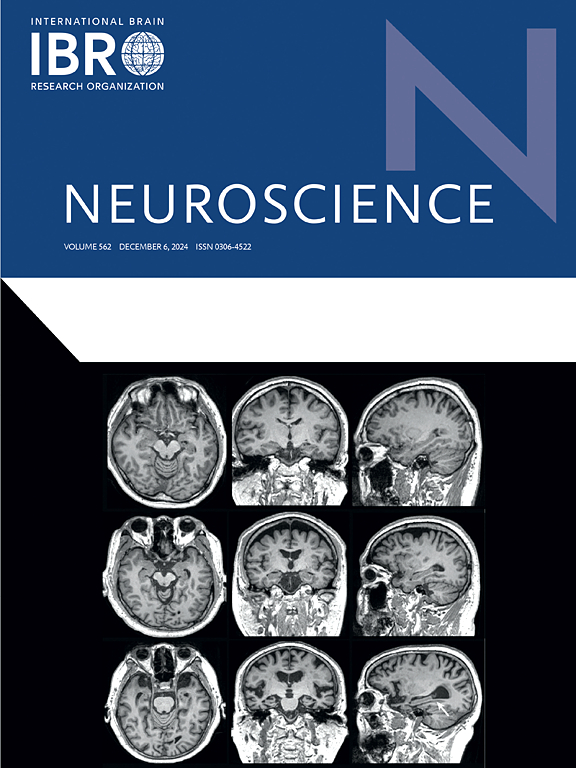Agonists for glutamate, acetylcholine, and orexin cause non-photic phase shifts when applied to the intergeniculate leaflet
IF 2.9
3区 医学
Q2 NEUROSCIENCES
引用次数: 0
Abstract
The intergeniculate leaflet (IGL) and its neurotransmitter, Neuropeptide Y, are both necessary and sufficient inputs to the SCN to mediate non-photic phase shifting of circadian rhythms. In this study we examined what arousal inputs might participate in activation of the IGL during a non-photic manipulation. The ACh agonist carbachol caused non-photic phase shifts when applied to the IGL at CT6, but blocking ACh muscarinic receptors in the IGL with atropine did not attenuate phase shifts to a 3 h sleep deprivation (SD) procedure during the midday. Orexin, an important arousal neuropeptide, densely innervates the IGL. Pretreatment with the dual OX1/OX2 receptor antagonist MK-6096 did not attenuate phase shifts to 3 h midday SD. When injected into the IGL alone, orexin produced small and inconsistent phase shifts that overall did not differ significantly from vehicle control. The glutamate agonist NMDA caused non-photic-like phase shifts when applied to the IGL. While a cocktail of both carbachol and NMDA inhibited each other’s phase shifting effects, a cocktail that included orexin, carbachol and NMDA reversed this inhibition and yielded the largest phase shifts of all. This suggests that the IGL is likely activated by numerous convergent arousal inputs during a phase-shifting non-photic manipulation.

求助全文
约1分钟内获得全文
求助全文
来源期刊

Neuroscience
医学-神经科学
CiteScore
6.20
自引率
0.00%
发文量
394
审稿时长
52 days
期刊介绍:
Neuroscience publishes papers describing the results of original research on any aspect of the scientific study of the nervous system. Any paper, however short, will be considered for publication provided that it reports significant, new and carefully confirmed findings with full experimental details.
 求助内容:
求助内容: 应助结果提醒方式:
应助结果提醒方式:


